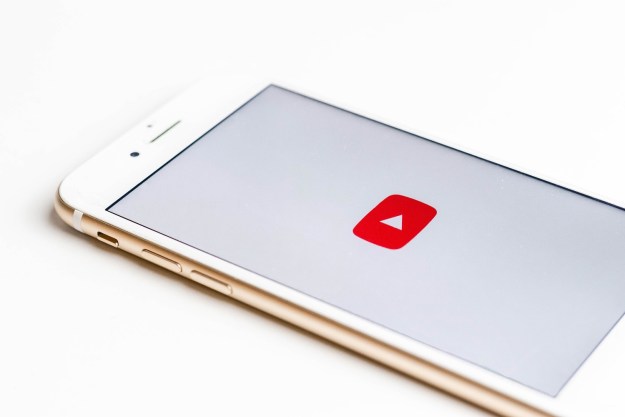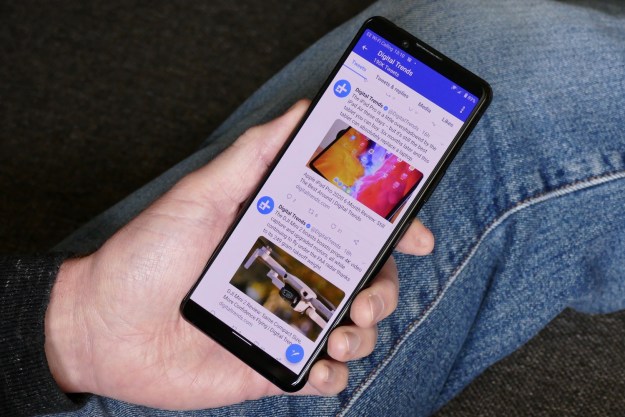
The research conducted jointly with analytics firm Annalect found that 40 percent of respondents confirmed that they’d bought an item online having seen it being used by a social media influencer on the likes of Instagram, Vine, Twitter, or YouTube.
That momentous selling power is driving a diverse range of brands to work with native stars on the platforms in question in an effort to reach more mobile consumers. Twitter VP of market research Jeffrey Graham has a term for the smartphone celebs: “handheld names,” a spin on the household names brands once used to sell their wares on television and radio.
The study also found that 20 percent of respondents shared what influencers were promoting online, and one third of millennials claimed they followed a creator on Twitter or Vine. Most importantly for advertisers, 49 percent of the 300 people surveyed as part of the study stated that they rely on product recommendations from popular social media users.
“People are looking at their phones, they’re reading what influencers say and then they’re telling their friends,” Graham told Adweek.
As more brands scramble to sponsor influencers with ever-inflating advertising deals, the lure of becoming an online creator has also increased exponentially. The Twitter-owned talent agency Niche revealed that the pool of influencers available to brands has grown from 6,000 to over 25,000 in a year.
“I think what this is telling us is that you don’t have to be a mass media star or a household name to be influential and actually drive people to buy stuff,” Graham said of the findings.
Editors' Recommendations
- The 10 big ways that Threads is totally different from Twitter
- What is Ambient Mode on YouTube?
- Mastodon surpasses 1 million monthly active users as Twitter backlash worsens
- YouTube is rolling out handles. Here’s what you need to know
- YouTube brings pinch to zoom and video navigation changes to everyone


